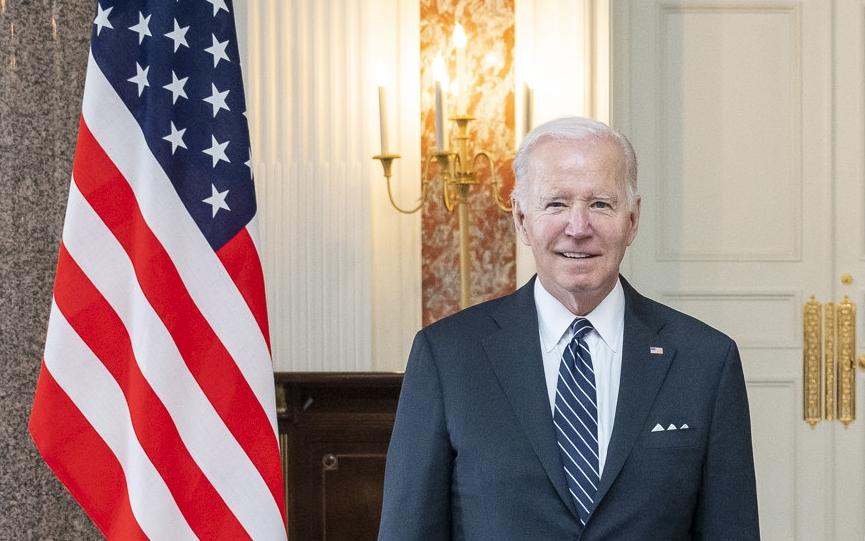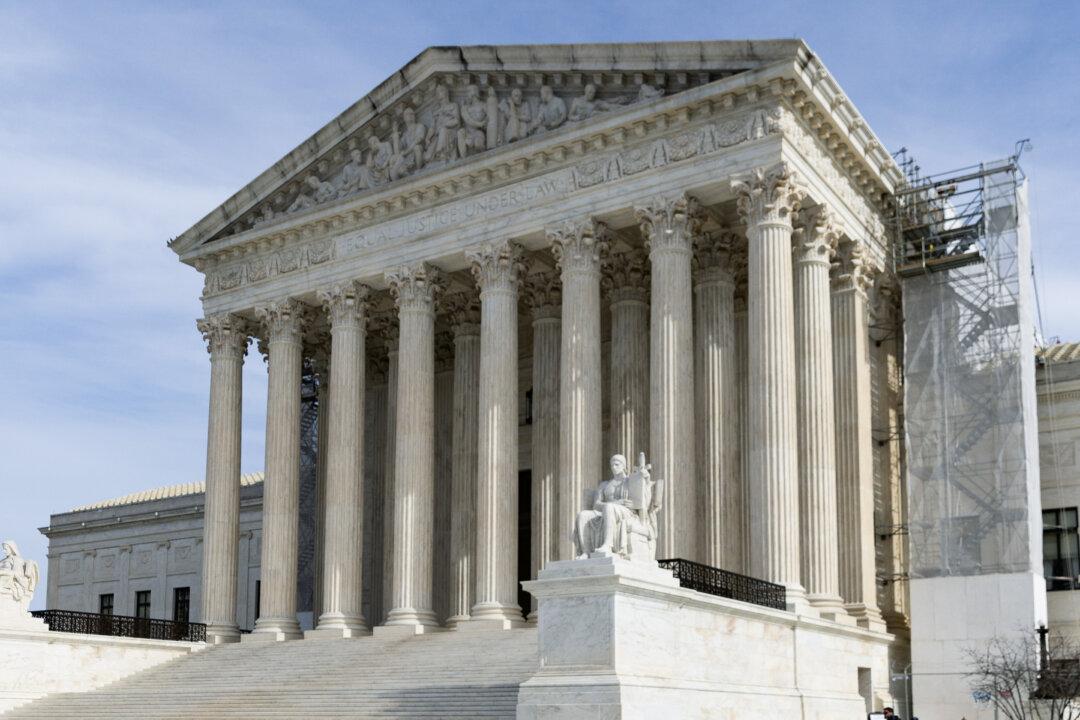News Analysis
President Biden has vowed to be the “most pro-union president in history.” And one sector over which he has a lot of control is said to be bucking the decades-long trend of union decline in a big way: The ranks of unionized federal government employees swelled by nearly 80,000 to about 497,000 dues-paying members—a 20 percent increase—according to an Office of Personnel Management spokesman.






